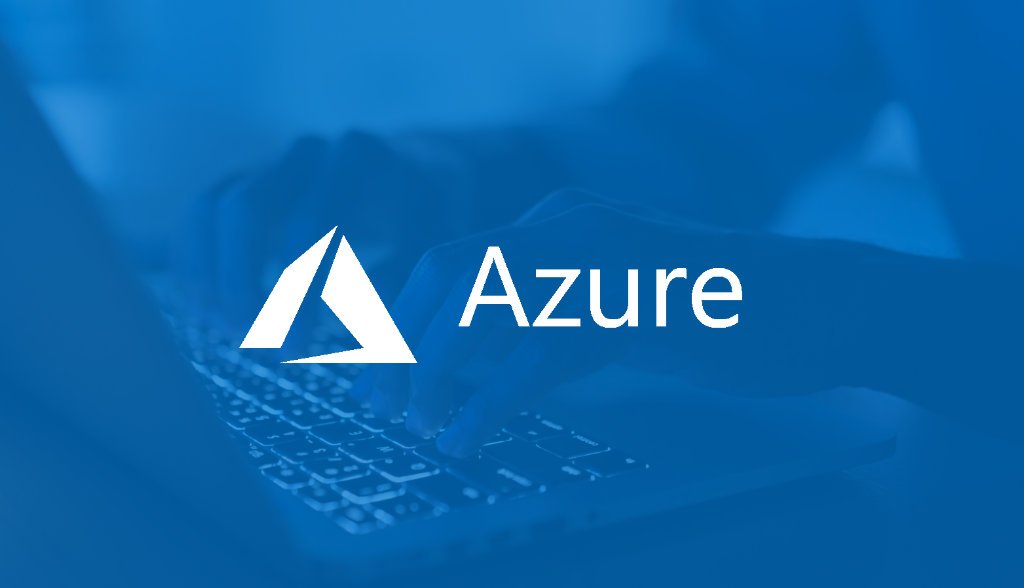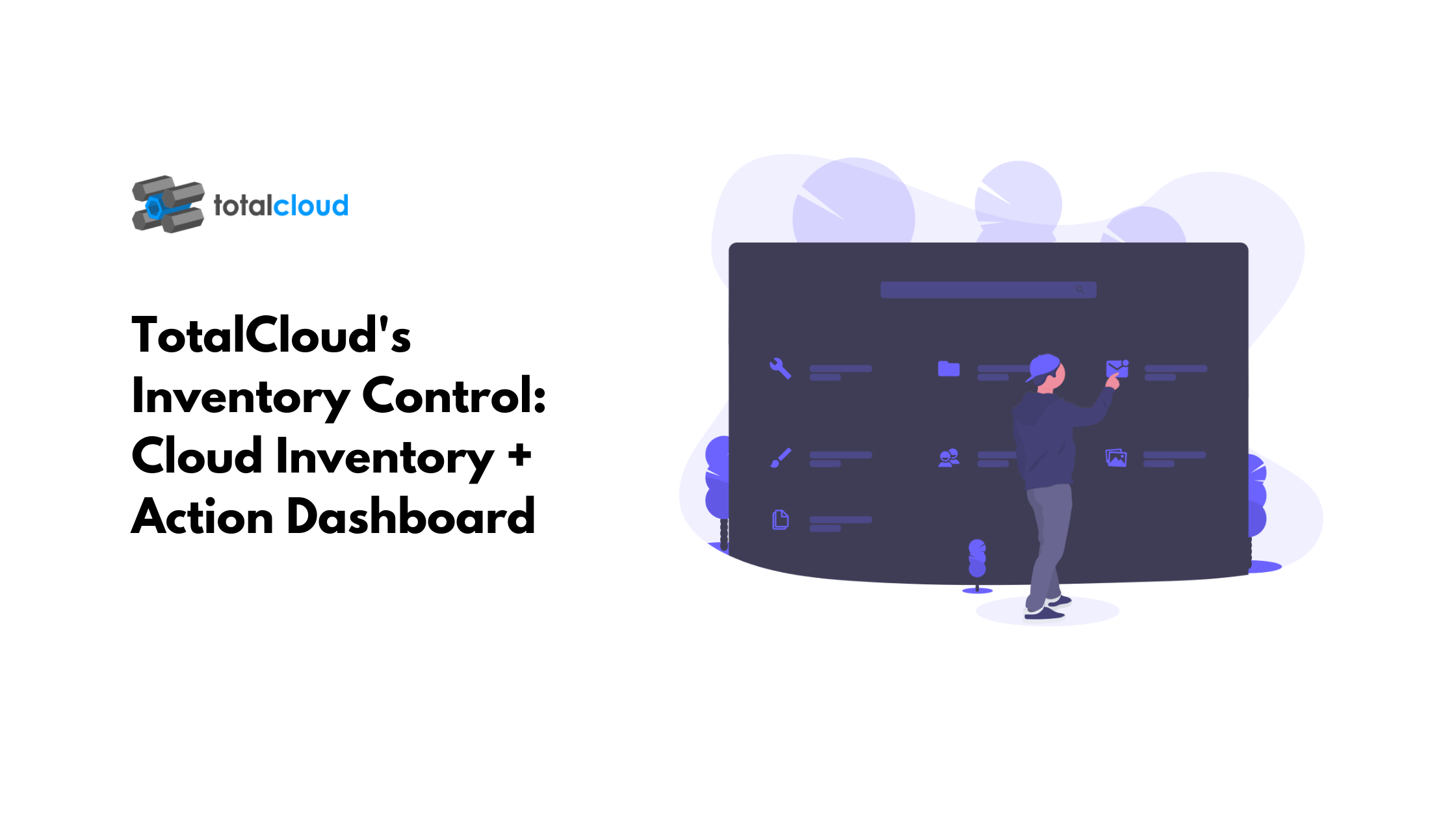Few months ago, we blogged about the importance of AWS Well-Architected review. The post covered the importance of performing this exercise under different scenarios. With AWS announcing the availability of AWS Well-Architected tool at 2018 re:Invent, we got excited and tried it out.
For those unaware, AWS Well-Architected tool is a self-service free auditing tool designed for today’s cloud architects. Its objective is to help users build secure, high-performing, resilient, and efficient application infrastructure based on the AWS Well-Architected Framework.
The service reviews the state of pre-defined workloads based on the inputs to a set of questions. The questions are regarding operational excellence, security, reliability, performance efficiency, and cost optimization. It compares the reviewed results to established AWS best practices and generates a downloadable report helping Cloud Architects to design and plan their workloads for optimality.
As a solutions architect or a cloud architect, you would definitely want to validate your answers against the current state of your workload. Say, you need to answer a question under Security section that asks ‘How do you protect your networks?’ Some of the checklists under this question requires you to validate your workloads for network protection, limiting exposure, controlling traffic at all layers, etc. How about having some real-time data with architectural visibility for this?
In a dynamic environment like AWS, resources are provisioned, scaled up or scaled down on-demand by several team members across projects. So, there are high chances of change in state of your workloads without your knowledge. Access to real-time data for validation or for that matter regular infra audits plays a critical role.
TotalCloud’s Network View and Security Group View provides real-time architectural visibility with end-to-end context of things in that particular workload. Validating answers to the questions like network protection, limiting exposure, controlling traffic at all layers, etc. becomes a breeze with these two views. Because the platform provides visual cues on a live topology, making it easier to locate loopholes.
Conversely, if you had to validate these data manually, switching between several browser tabs or dashboards inside AWS management console or other management tool, it would have been an arduous task, right?
The benefits of running AWS Well-Architected Tool for your workloads are many. You have a checklist of all the best practices and where your workload stands. When you can validate critical components with real-time visibility into resources, optimizing your workloads at architecture-level becomes a breeze. Plus, it gets easier and 90% faster to debug issues in workloads, identify design flaws, locate misconfigurations, etc. compared to usual auditing.

.png)
.png)
.png)
.png)
